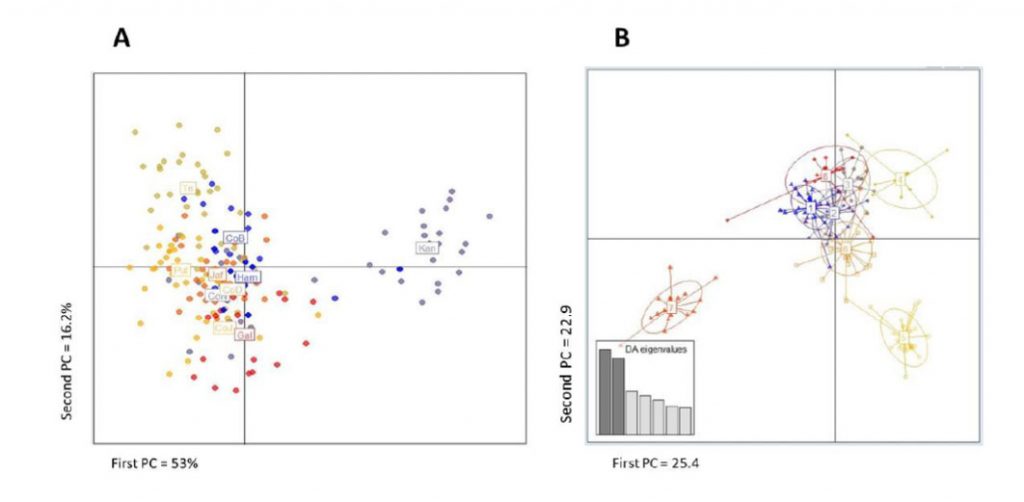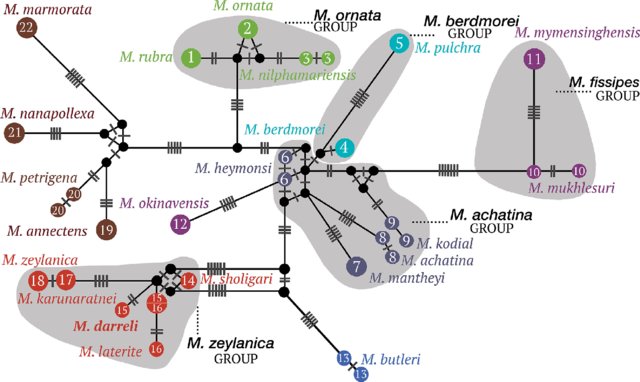Authors: Michelle C. Langley, Noel Amano, Oshan Wedage, Siran Deraniyagala, M.M Pathmalal, Nimal Perera, Nicole Boivin, Michael D. Petraglia, Patrick Roberts
Journal: SCIENCE ADVANCES
Archaeologists contend that it was our aptitude for symbolic, technological, and social behaviors that was central to Homo sapiens rapidly expanding across the majority of Earth’s continents during the Late Pleistocene. This expansion included movement into extreme environments and appears to have resulted in the displacement of numerous archaic human populations across the Old World. Tropical rainforests are thought to have been particularly challenging and, until recently, impenetrable by early H. sapiens. Here, we describe evidence for bow-and-arrow hunting toolkits alongside a complex symbolic repertoire from 48,000 years before present at the Sri Lankan site of Fa-Hien Lena—the earliest bow-and-arrow technology outside of Africa. As one of the oldest H. sapiens rainforest sites outside of Africa, this exceptional assemblage provides the first detailed insights into how our species met the extreme adaptive challenges that were encountered in Asia during global expansion






